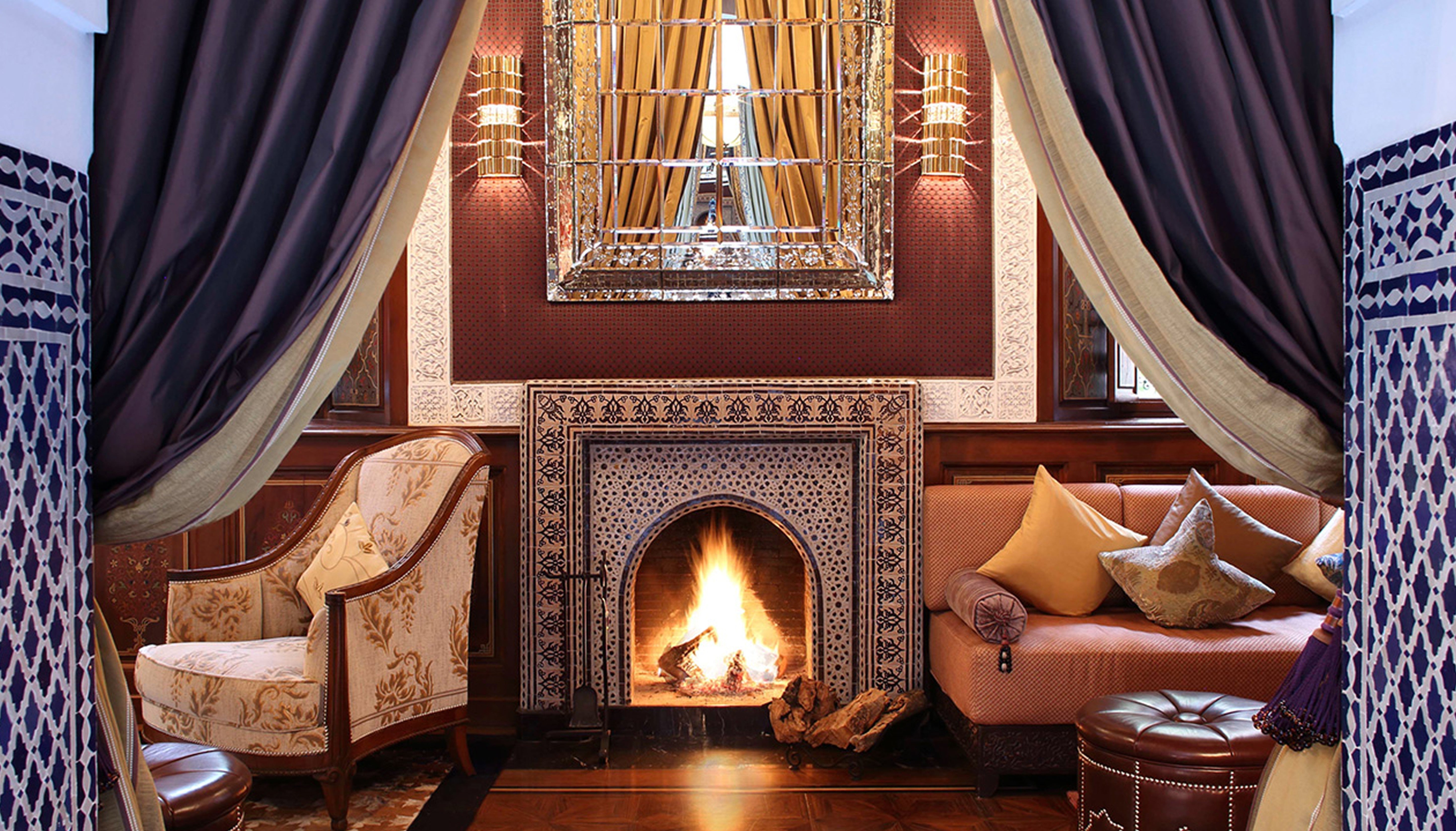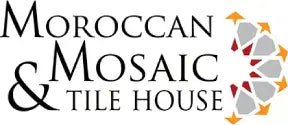The Art of Zellige

The history of Zellige of Fez is deeply rooted in Moroccan art and architecture, dating back to the 10th century during the reign of the Almoravid dynasty. The term "Zellige" comes from the Arabic word "zalij," which means "tile." Fez, one of the oldest imperial cities in Morocco, became a center for Zellige production and innovation, particularly during the Marinid dynasty in the 13th-15th centuries.
Zellige tiles were originally used to adorn palaces, and other significant buildings throughout Morocco. The craftsmanship involved in creating Zellige tiles is intricate and highly skilled, with artisans’ hand-cutting and arranging small ceramic pieces to form geometric patterns and designs. Each tile is unique, contributing to the overall mesmerizing effect of Zellige installations.
Today, the Zellige of Fez continues to be highly valued in both traditional and contemporary home design trends. Here are some reasons for its enduring popularity:
Firstly, Cultural Heritage: Zellige tiles carry a rich cultural heritage and historical significance, adding depth and authenticity to interior spaces.
Secondly, Artistic Appeal: The intricate geometric patterns and vibrant colors of Zellige tiles create a visually stunning and dynamic look, making them a focal point in modern home design.
Thirdly, Versatility: Zellige tiles can be used in various applications, including kitchen backsplashes, bathroom walls, fireplace surrounds, and even as decorative accents in furniture and accessories.
Fourthly, Natural Beauty: Made from natural clay and glazed with vibrant pigments, Zellige tiles offer a unique and organic beauty that complements a range of design styles, from bohemian to contemporary.
A Timeless Elegance: Despite their ancient origins, Zellige tiles have a timeless elegance that transcends trends, making them a timeless choice for homeowners and designers alike.
Overall, the Zellige of Fez continues to inspire and captivate with its blend of tradition, artistry, and enduring beauty, making it a cherished element in modern home design trends.
Explore our Collection :https://mosaicmorocco.com
Talk to our Team :Info@mosaicmorocco.com

